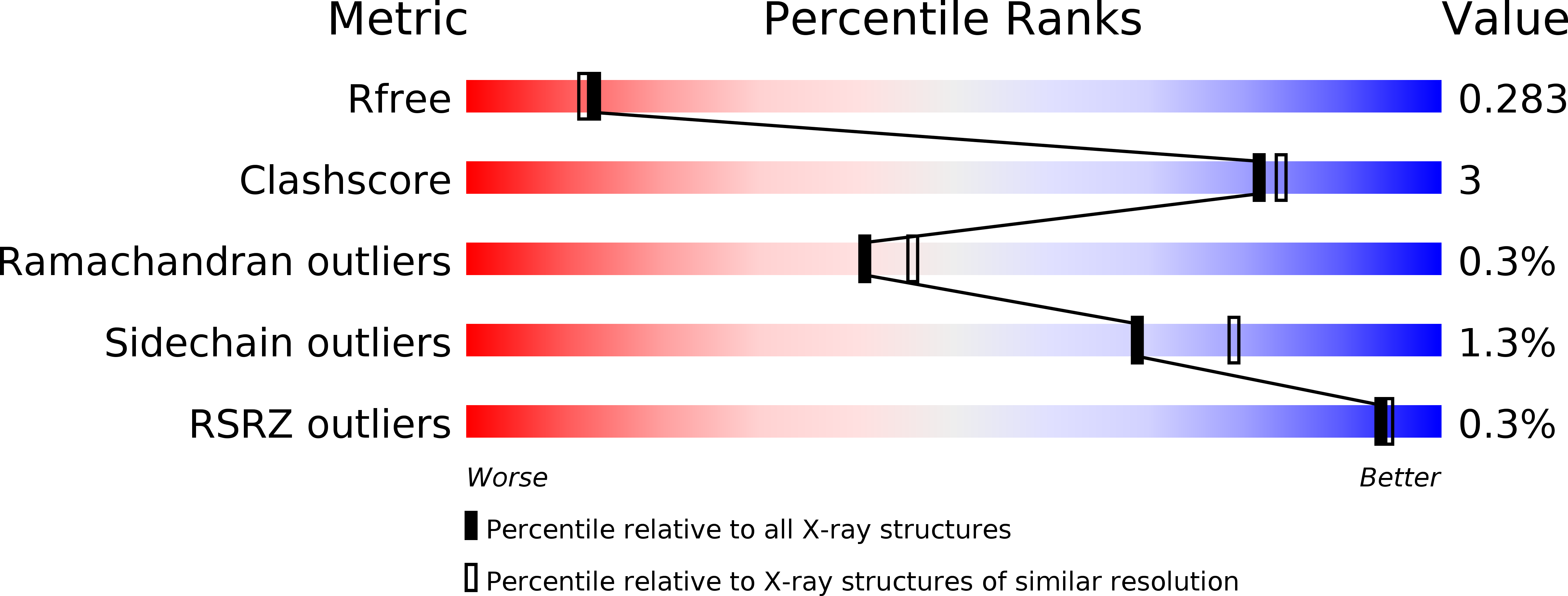
Deposition Date
2017-11-01
Release Date
2018-11-07
Last Version Date
2024-10-23
Entry Detail
PDB ID:
6BIC
Keywords:
Title:
2.25 A resolution structure of Norovirus 3CL protease in complex with a triazole-based macrocyclic inhibitor
Biological Source:
Source Organism:
Norwalk virus (Taxon ID: 524364)
Host Organism:
Method Details:
Experimental Method:
Resolution:
2.25 Å
R-Value Free:
0.28
R-Value Work:
0.21
R-Value Observed:
0.22
Space Group:
P 21 21 21


